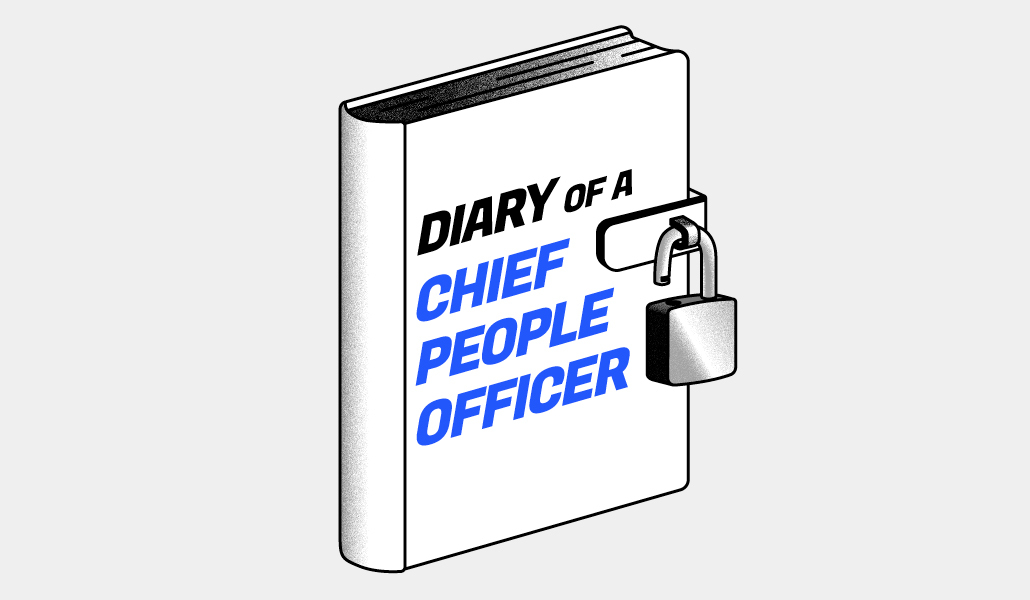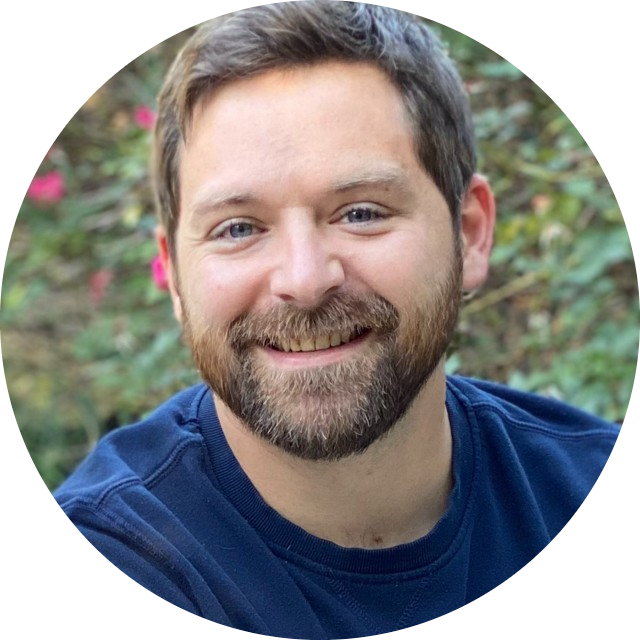Diary of a Chief People Officer: ‘You need to get power to people that allows them to be visible and heard’

When it comes to effecting change on diversity, equity and inclusion in workplaces, many organizations are still paying lip service. Marketing solutions company Vericast isn’t one of them. The majority of the company’s 5,000 employees are now women, according to Michael Stanush, head of people — talent, performance and culture, at Vericast. And nearly half (45%) of its female employees hold director positions, while 39% are in vp and senior vp roles — well above the industry standard of 25%.
For the latest instalment of WorkLife’s Diary of a Chief People Officer series, Stanush shared how Vericast has altered its recruitment process to widen its net of female and LGBTQ+ candidates, following partnerships with talent consultancy Trifect Solutions and female Tech Ladies, a global community focused on helping women in tech leadership land jobs. He also spoke about how the company then empowers diverse populations of people at work.
This interview has been edited for clarity and length.
Why did you reevaluate your hiring process?
Our goal is simple: find high-quality talent. But the labor market became really tight roughly a year into Covid. So we, as many other employers likely did, started to reevaluate who and how we target candidates, and that involved looking beyond the big platforms like LinkedIn and Indeed to do so.
When we look at any group or community, particularly communities that might be underappreciated or underrepresented within the broader labor market, we see it as an opportunity to tap new candidates that wouldn’t typically get surfaced on the usual platforms and aggregators, and identify them based on how they have decided to coalesce. For instance, if someone signs up for a platform like Tech Ladies, then you would presume that that individual is on that platform because they feel that it represents them in some way that is beneficial. So they kind of self collect.
We were then able to kind of sharpen our own teeth in terms of how we approached people who were in these groups, while also ensuring that our internal culture was set up to make them feel welcome, warm and that they can succeed here. During the candidate process we were also able to learn from them how we are viewed as an employer to these communities, as well as how we can make ourselves more visible to them.
A company can say it is making efforts to reach its DE&I goals, but how does someone know it’s not performative?
There is a performative aspect of relying solely on percentages without having that be meaningful within an organization. Where I think we get a lot of intrinsic value from having a diverse and inclusive community within our workforce is, for example, within some of our employee resource groups (ERGs).
We have tried to set up a system where our ERGs can seed thoughts, ideas, questions, issues back to leadership. So if you are, for example, looking for parental leave, and a former employer did not provide parental leave for spouses of the same sex, let’s say, we needed to have that feedback filtered back to our leaders to say, ‘oh, that’s a gap.’ That is something we fixed a long time ago, but that is something that is kind of an archetypal example of what we would hope the feedback to be from the ERG. In other words, they’re not a community to just be happy that you’re around people who might be similar to you. They’re a community that influences the business itself.
It is very easy to view ERGs in a vacuum as performative, or metrics in a vacuum as performative. And I would agree that if a company or an employer said they were doing these things without anything else, it probably is performative. You need to get some power to those people that allows them to be visible and heard. That’s where we make a difference because we put that as a priority in how we view our employees and how we view the concerns of our employees.
What keeps you up at night?
Just stress, general stress. Whether or not it’s just perceived, or the real tension of the times, people are in a difficult spot right now. The pandemic for a lot of us is not something that I think we ever had a playbook for, emotionally or mentally. So I worry about employees not feeling able to cope with changing political dynamics, changing pandemic dynamics, in a way that is conducive to their own health.
We can offer a lot of services internally, employee assistance programs, wellness programs. But there’s a component of this that I think is very new for everyone, including myself. That’s how you deal with that and how we can make sure that we incorporate a healthy environment for people to work in. It’s really hard to track when you don’t get a lot of immediate feedback. Unless they have a very tight relationship with someone they don’t tend to express their feelings when they are incremental, small steps. They express them when they’re large steps. We don’t know necessarily where they are right, like how stressed are they, how burnt out are they? What do they need to get out of that hole? And that keeps me up because I think that’s a moving target. It’s one that keeps me up for personal and professional reasons. And it seems like we’re all kind of in that boat together. And for some reason, acknowledging that doesn’t actually make it better for anyone. You’re not really able to commiserate with someone just to be like, ‘yeah, I’m anxious too, this is a wild time or, I don’t feel safe at the moment.’
Should a company take a stance politically or put out certain messaging when it comes to certain events?
I think there is a concern among a lot of employers that if you were to comment on everything that affects employees – mental health, stress, and in some cases, safety – you end up in a position where you’re making comments a lot. Our role as a business is to be a sounding board and to say we serve our customers and our clients, but we also have a duty to our employees. We are as a corporation itself separate from the humans that work in it. There is a responsibility to the employees to say that we’re listeners at the very minimum. That is an unquestionable component that employers have to meet. When they should speak up is more difficult to identify.
Our headquarters are in San Antonio. Uvalde [where the school shooting took place on May. 24] was not too far from us geographically. There are certain times when we know it affects our communities within our organization, where it feels like the line is something that we absolutely have to meet.
I would say more generally, it’s harder to talk about and raise issues that employees might feel about something like inflation, where you feel like it’s a little bit more abstract. You have to make that call depending on the circumstances at the time and within the right context. My view of the corporate mentality is to be as humanistic and sentimental as possible for employees because I think that’s ultimately what they’re looking for from leadership. They want to be talked to, but they want to be heard even more than that.
